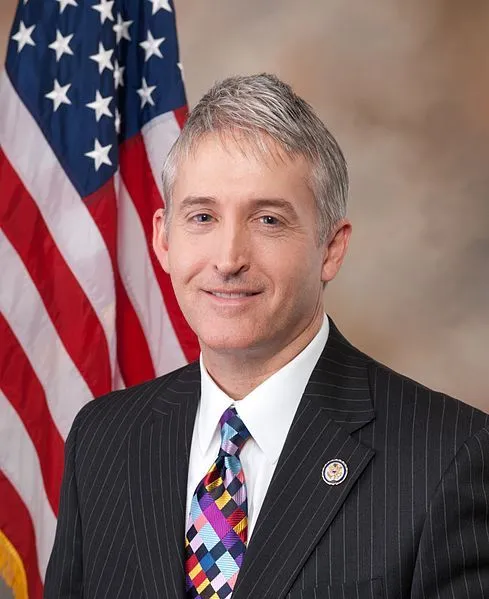In recent years, the field of visual effects has seen tremendous advancements with the help of artificial intelligence. One of the most exciting developments in this field is AI face replacement also called AI face swap, a technology that allows for seamless and realistic swapping of faces in videos.
Traditionally, face replacement in visual effects required meticulous manual labor and extensive time and resources. However, with the advent of AI face replacement technology, this process has been revolutionized, making it faster, more efficient, and incredibly realistic.
How Does AI Face Replacement Work?
AI face replacement technology utilizes advanced algorithms and machine learning to analyze and manipulate facial features in videos. By understanding the nuances of human facial expressions, AI can seamlessly replace one person’s face with another while maintaining realistic movements and expressions.
The process begins by inputting the source video and the desired face replacement into the AI website like www.miocreate.com. The AI algorithm then identifies key facial landmarks, such as the eyes, nose, and mouth, and maps them onto the target face. Through a process called “image warping,” the AI seamlessly blends the target face onto the original video, taking into account factors such as lighting, perspective, and facial movements.
The Advantages of AI Face Replacement
AI face replacement offers several advantages over traditional manual methods. Firstly, it significantly reduces production time and costs by automating the labor-intensive process of frame-by-frame editing. What would have previously taken weeks or even months can now be accomplished in a fraction of the time.
Furthermore, AI face replacement produces incredibly realistic results. The technology is capable of capturing subtle facial movements and expressions, ensuring that the replaced face seamlessly integrates into the original video without appearing artificial or out of place.
Applications of AI Face Replacement
The applications of AI face replacement are vast and diverse. In the film industry, AI face replacement can be used to seamlessly integrate actors into scenes that were previously impossible or impractical to shoot. For example, an actor’s face can be replaced with a younger or older version of themselves, or with completely different actors altogether with multiple face swaps.
AI face replacement also has implications for privacy and security. As deepfake technology continues to advance, there is growing concern over the potential misuse of manipulated videos for malicious purposes. However, AI face replacement technology can also be used to detect and counteract deepfakes, providing a valuable tool in the fight against misinformation and fraudulent content.
Challenges and Considerations
While AI face replacement holds great promise, it also presents ethical and legal considerations. As the technology becomes more accessible, there is a need for robust regulations to prevent its misuse for deceptive or harmful purposes. Additionally, there are concerns about consent and privacy when it comes to manipulating individuals’ faces in videos.
Furthermore, as with any AI technology, there are limitations and potential pitfalls to consider. While AI face replacement has made significant strides in producing realistic results, there are still challenges in accurately capturing complex facial movements and expressions. Additionally, there is a risk of unintended consequences, such as perpetuating unrealistic beauty standards or perpetuating harmful stereotypes through manipulated images and videos.
The Future of Visual Effects
AI face replacement represents a significant leap forward in the field of visual effects, offering unprecedented capabilities for storytelling, entertainment, and creative expression. As the technology continues to evolve, we can expect to see even more sophisticated applications across various industries, from film and television to advertising and beyond.
Ultimately, AI face replacement is a testament to the power of artificial intelligence to transform and enhance our creative endeavors. By harnessing the capabilities of AI, we are entering a new era of visual storytelling where the boundaries of what is possible are continually being expanded.
In conclusion
AI face replacement is poised to revolutionize visual effects, offering a potent blend of creativity and technological innovation. As we navigate the opportunities and challenges presented by this technology, it is essential to approach its development and implementation with careful consideration for ethical, legal, and societal implications. With responsible use and thoughtful regulation, AI face replacement has the potential to shape a future where visual storytelling knows no bounds.











